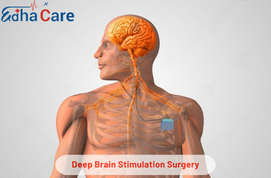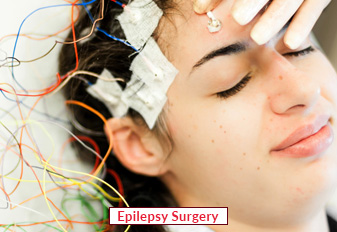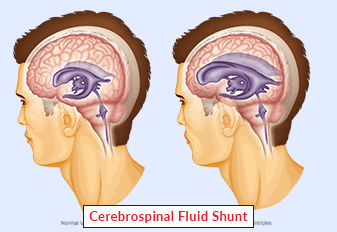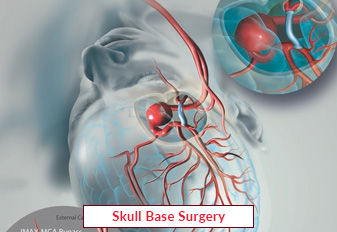Deep Brain Stimulation Surgery

Electrodes are inserted into particular brain regions during Deep Brain Stimulation (DBS) surgery to treat movement disorders such Parkinson's disease, essential tremor, and dystonia. In order to administer electrical impulses during the treatment, a pulse-generating device is implanted in the chest or belly and electrodes are put into certain areas of the brain. These impulses assist in controlling aberrant brain activity, which reduces symptoms including stiffness, tremors, and uncontrolled movement. Patients who haven't reacted well to medicine or other therapies may benefit from DBS surgery, which can enhance motor function and overall quality of life. For the best possible outcome, treatment success may require routine adjustments and follow-ups.
Book an AppointmentAbout Deep Brain Stimulation Surgery
Symptoms: Deep Brain Stimulation (DBS) surgery decreases the symptoms of movement disorders such dystonia, essential tremor, and Parkinson's disease, although it is not related with symptoms in and of itself.
Causes: Abnormal activity in the brain or imbalances in neurotransmitters cause movement disorders such as Parkinson's disease, which in turn cause motor symptoms. DBS surgery modifies neural activity in particular brain regions to alleviate these symptoms.
Treatments: DBS is the surgical implantation of electrodes in certain brain regions to control aberrant neural activity and lessen symptoms like stiffness, tremors, and poor movement. It is a treatment, not a cure, that offers those with movement problems substantial respite.
Procedure of Deep Brain Stimulation Surgery
Preoperative Evaluation: Patients undergo thorough psychological assessments and MRI scans to determine specific target areas in the brain for electrode placement.
anesthetic: To guarantee the patient's safety and immobility throughout the surgery, a general anesthetic is administered.
Stereotactic Frame Placement: To offer exact guidance for electrode placement, a stereoscopic frame is fastened to the patient's head.
Brain Mapping: Surgeons pinpoint the precise areas of the brain causing a patient's symptoms by using sophisticated imaging methods like MRIs and CT scans.
Electrode Implantation: To place the electrodes in the desired brain regions, surgeons drill tiny holes in the skull and slice the scalp.
Implantation of a Pulse Generator: A pulse generator is placed beneath the skin in the chest or belly, much like a pacemaker. Extension wires are used to attach it to the electrodes.
Testing and Programming: The gadget is set up to send electrical impulses to the brain following implantation. To guarantee the best symptom management and the least amount of adverse effects, patients are tested. Postoperatively, adjustments could be done to fine-tune the stimulation parameters.
Require Assistance?
Get A Quick Callback From Our Healthcare Experts






